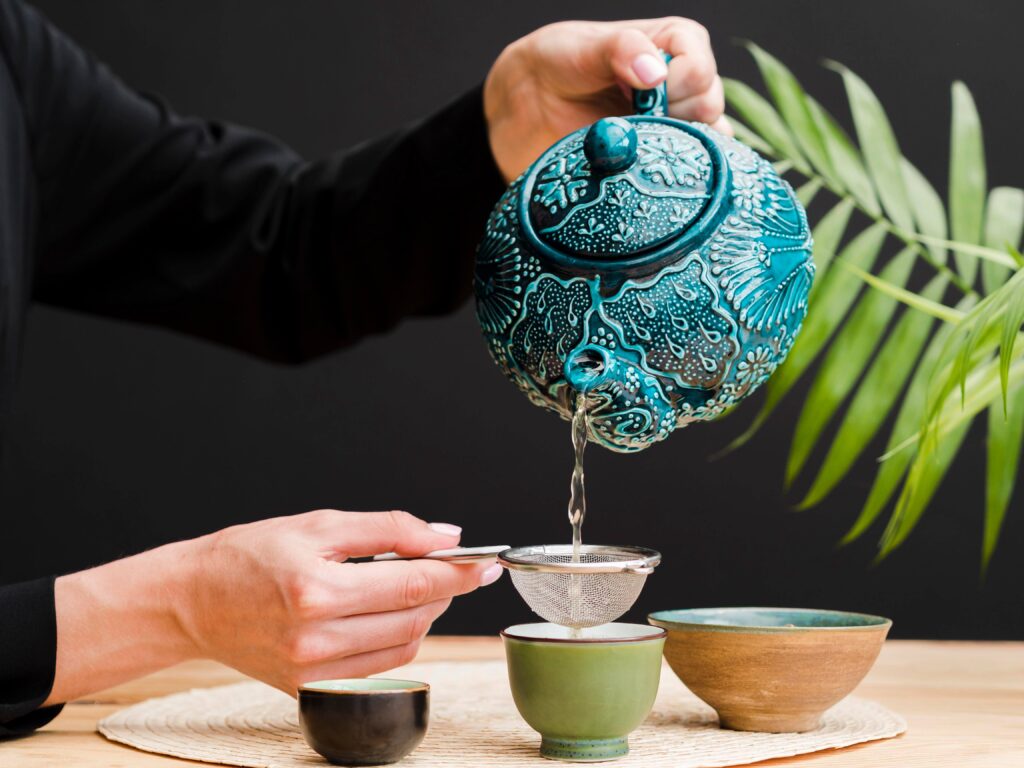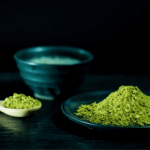Green Tea History: Origins, Global Spread, and Cultural Significance

Green tea is one of the oldest and most celebrated beverages in the world.
With a history that spans thousands of years, it began in ancient China and has since become a staple in cultures across Asia and beyond.
Its distinctive taste, preparation methods, and traditional importance have made it a timeless favorite around the globe.
The Origins of Green Tea
Green tea traces its roots back to ancient China, during the reign of the legendary Emperor Shennong. According to traditional accounts, around 2737 BC, tea leaves from a nearby plant accidentally drifted into a pot of hot water he was drinking. The resulting brew had a pleasant aroma and taste, sparking curiosity and admiration.
The plant responsible for this iconic beverage is Camellia sinensis, a shrubby plant native to China. The Chinese were the first to cultivate it for regular consumption, and it soon became a vital part of daily life, enjoyed both for its flavor and its role in hospitality and ceremony.
The Spread of Green Tea
During the Tang Dynasty (618–907 AD), tea culture expanded rapidly in China and spread to Japan through Buddhist monks. In Japan, green tea evolved into a profound part of cultural tradition, particularly through the Japanese tea ceremony, which emphasizes mindfulness, aesthetics, and respect.
Later, through trade routes and exploration, green tea made its way to Europe, where it gained popularity among the upper classes. By the 18th century, tea was widely consumed across European societies, eventually becoming a familiar beverage in many parts of the world.
How Green Tea Is Produced
Green tea is crafted through a careful process that helps retain its natural compounds and vibrant green color. While variations exist depending on the region, the basic steps include:
Harvesting the leaves of the Camellia sinensis plant.
Steaming or pan-frying the leaves to prevent oxidation.
Rolling the leaves to shape and release flavor compounds.
Drying the leaves to preserve freshness.
Unlike black tea, green tea is unoxidized, which allows it to maintain a lighter, fresher taste and retain more of its natural plant components.
Green Tea Around the World
Today, green tea is consumed on every continent and has taken on many forms beyond its traditional roots. In China, Japan, Korea, and Vietnam, it remains deeply tied to cultural rituals and daily routines.
In the United States, Europe, and Australia, green tea has grown in popularity through tea bags, bottled drinks, and specialty cafés. It's now also a common ingredient in:
Cooking (e.g., green tea noodles, sauces)
Baking (e.g., matcha cookies, cakes, ice cream)
Beauty and skincare products, thanks to their association with natural compounds
Its versatility and adaptability have helped it bridge the gap between traditional ceremony and modern convenience.
A Balanced Perspective on Green Tea and Wellness
Green tea is often appreciated not just for its taste, but also for its natural composition. It contains:
Catechins and polyphenols, which are plant-based antioxidants
L-theanine, an amino acid known for promoting a calm, focused feeling
Moderate caffeine, which can offer a gentle energy lift
Many people choose green tea as part of a mindful, balanced lifestyle. While it’s not a substitute for medical treatment, its long-standing use in traditional diets speaks to its value in daily routines.
Final Thoughts
From a legendary emperor’s accidental discovery to a global symbol of tradition and wellness, green tea has come a long way. It has woven itself into the fabric of many cultures, continuing to adapt while preserving its roots.
Whether you prefer a bold cup of Sencha, the ceremonial beauty of Matcha, or a refreshing bottle of cold-brewed green tea, you're participating in a tradition that spans over 5,000 years.
Disclaimer: This article is for informational purposes only and does not provide medical advice. For any health-related concerns, consult with a qualified healthcare provider.
Leave a Reply



Related Posts